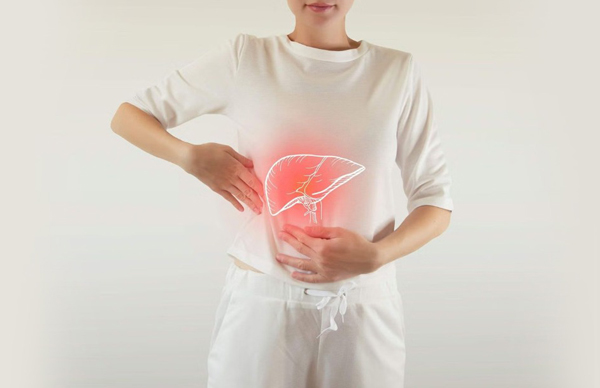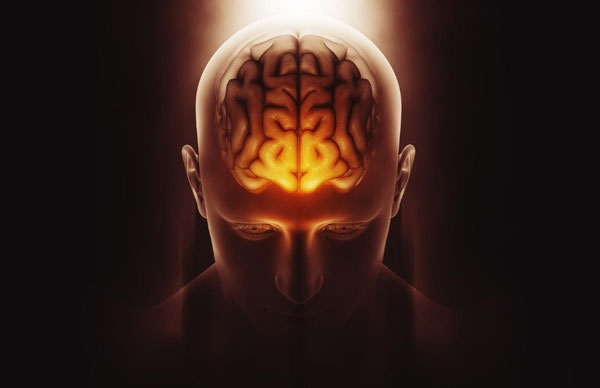Don't Underestimate the Risk: The Truth About Sudden Cardiac Arrest in Young People

Sudden cardiac arrest (SCA) is often associated with older adults, but the reality is far more alarming. Young people, including athletes and seemingly healthy individuals, are also at risk. This misconception can have devastating consequences, as early recognition and response are crucial for survival. For expert guidance and 24/7 medical emergencies connect with NeotiaGetwel Multispecialty Hospital and receive the best medical assistance.
Understanding Sudden Cardiac Arrest
Sudden cardiac arrest is a condition where the heart abruptly stops beating effectively, preventing blood flow to the brain and other vital organs. Unlike a heart attack, which is caused by a blockage in a coronary artery, SCA is often triggered by an electrical malfunction in the heart.
Sudden Cardiac Arrest vs. Heart Attack: What's the Difference?
While often confused, sudden cardiac arrest (SCA) and heart attack are two distinct heart emergencies.
Sudden cardiac arrest occurs when the heart's electrical system malfunctions, causing it to abruptly stop beating effectively. This electrical disruption prevents the heart from pumping blood to the brain and other vital organs, leading to rapid loss of consciousness and death if not treated immediately.
A heart attack happens when blood flow to the heart is blocked, usually by a clot. This blockage deprives the heart muscle of oxygen, causing damage. Unlike SCA, a heart attack often comes with warning signs like chest pain, shortness of breath and arm discomfort. While a heart attack can potentially trigger SCA, the two conditions are separate.
The Shocking Reality
The perception of sudden cardiac arrest (SCA) as primarily an adult health crisis is a dangerous misconception. While it’s true that the overall incidence is higher in older populations, the impact on young lives is equally devastating, if not more so. The underlying causes of SCA diverge significantly between age groups. In individuals over 35, coronary artery disease is the predominant culprit, accounting for a substantial majority of cases. However, the risk factors for SCA in younger populations are often quite different. Congenital heart defects, inherited cardiac conditions and abnormal heart rhythms emerge as more prevalent causes in this demographic. These conditions can often remain undetected until a catastrophic event occurs.
Risk Factors in Young People
Several factors can increase the risk of SCA in young people, including:
- Underlying heart conditions: Congenital heart defects, hypertrophic cardiomyopathy and arrhythmias are common causes.
- Genetics: A family history of sudden cardiac death can indicate an inherited heart condition.
- Intense physical activity: Athletes, especially those participating in high-intensity sports, may be at increased risk.
- Drug abuse: Stimulants and other substances can strain the heart.
Recognizing the Signs
Early recognition of SCA symptoms is crucial for survival. While symptoms can vary, some common signs include:
- Sudden collapse
- Loss of consciousness
- No breathing
- Absence of a pulse
The Importance of CPR and AEDs
Immediate CPR and defibrillation with an Automated External Defibrillator (AED) can significantly increase the chances of survival from SCA. Every minute without CPR and defibrillation reduces the chances of survival by 7-10%.
Prevention and Screening
Regular check-ups, including electrocardiograms (ECGs), can help identify underlying heart conditions in young people. For athletes, pre-participation screening is essential to detect potential risks.
Raising Awareness
Educating the public about the risks of SCA in young people is vital. Schools, sports organizations and communities should prioritize CPR and AED training. By increasing awareness, we can empower individuals to respond effectively in case of an emergency.
Conclusion
Sudden cardiac arrest (SCA) is a stealthy and potentially fatal condition that can strike anyone, regardless of age. While often associated with older adults, the reality is that young people are also at risk. This silent killer can claim lives without warning, emphasizing the urgent need for awareness and preparedness.
Understanding the risk factors, recognizing the early signs and knowing how to respond are crucial steps in combating SCA. Early CPR and defibrillation can significantly increase survival rates. It's imperative to break the stigma surrounding this condition and encourage open conversations about heart health.
If you have concerns or questions about your heart health or that of someone you care about, don't hesitate to consult with a healthcare professional. Early detection and intervention are key to preventing tragic outcomes. For comprehensive cardiac care, consider reaching out to Neotia Getwel Multispecialty Hospital.
Disclaimer
Though all attempts are made to provide correct information on the subject, inadvertent & typographical errors arising out of manual intervention cannot be ruled out. It is requested to bring any such discrepancies to the notice of the blogger for correction.













